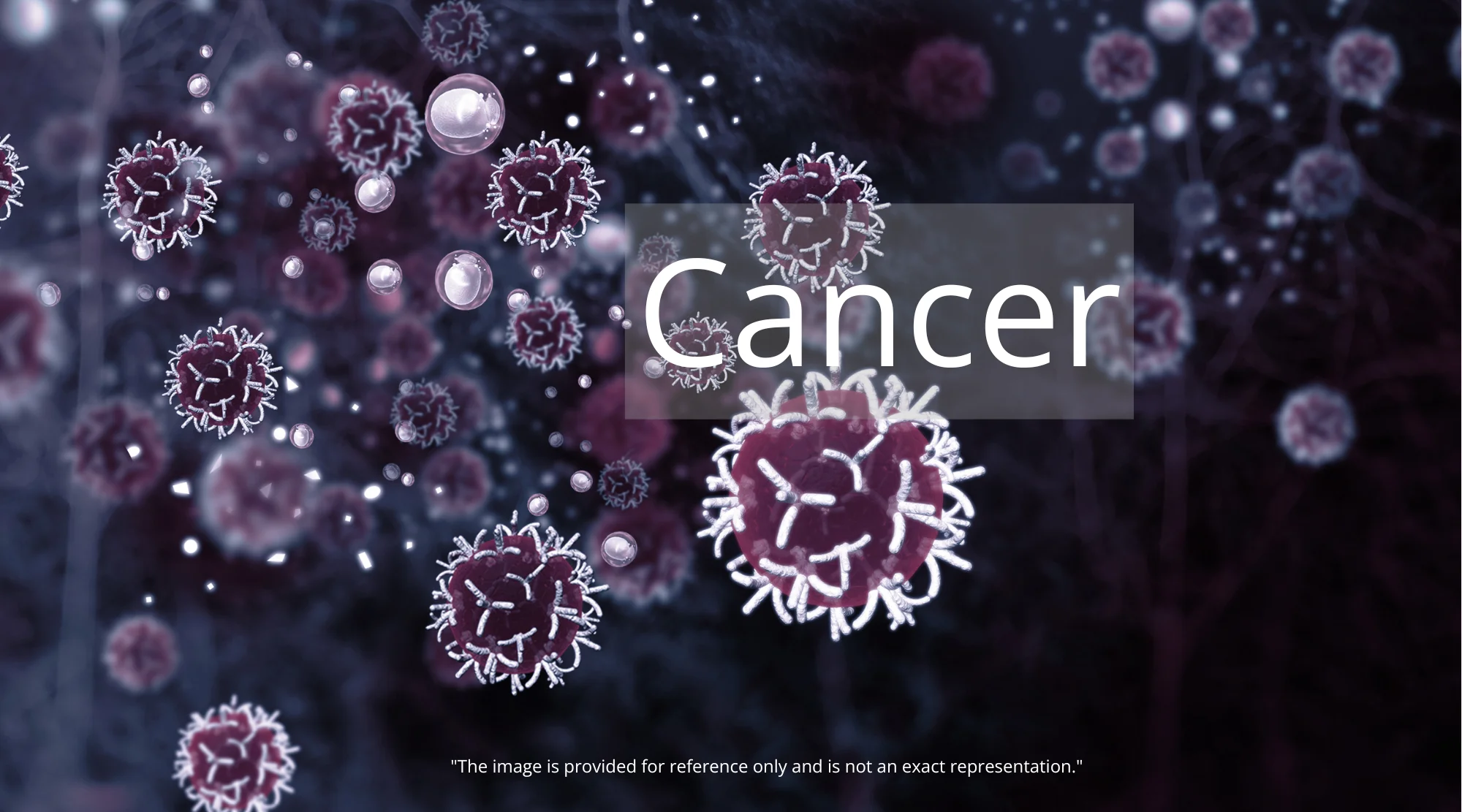A Beacon of Hope: LCL768 Emerges as a Promising Advance Against Head and Neck Squamous Cell Carcinoma
Head and Neck Squamous Cell Carcinoma (HNSCC) is a formidable foe, notorious for its aggressive nature, high recurrence rates, and the often severe side effects of conventional treatments like chemotherapy and radiation. Affecting crucial areas such as the mouth, throat, larynx, and sinuses, it presents significant challenges for both oncologists and patients. However, a new treatment in development, known as LCL768, is sparking optimism within the scientific community with its innovative approach and potential to revolutionize HNSCC management. Let’s dive into this promising breakthrough, explore other advancements in oncology for 2025, and discuss the hurdles that remain in our fight against cancer.
A Revolutionary Approach with LCL768
Researchers at the Hollings Cancer Center at the University of South Carolina have developed LCL768, a compound based on C18-ceramide, which is emerging as a beacon of hope for HNSCC patients. This groundbreaking drug directly targets mitochondria – the cellular powerhouses responsible for providing cancer cells with the energy they need to proliferate. Unlike many traditional treatments that can harm both cancerous and healthy cells, LCL768 is designed for high selectivity, potentially leading to a significant reduction in debilitating side effects.
The mechanism of action for LCL768 is particularly ingenious. The compound triggers a process called mitophagy, essentially clearing out damaged mitochondria within cancer cells and thereby starving them of their energy source. Furthermore, LCL768 disrupts a critical metabolic pathway by blocking the fumarate molecule, further limiting the tumor cells’ ability to survive and multiply. According to the researchers, this dual-pronged attack exploits a fundamental vulnerability of cancer cells: their extreme reliance on mitochondria to fuel their rapid growth.
Preclinical studies have yielded encouraging results, with LCL768 demonstrating a remarkable ability to inhibit tumor growth in experimental models without causing significant damage to healthy tissues. While the drug is still in the early stages of research and not yet approved for clinical use, its approach represents a paradigm shift in HNSCC treatment, especially for patients whose tumors are resistant to current therapies. This research team is diligently working towards advancing to human clinical trials, a crucial step in confirming LCL768’s safety and efficacy in real patients.
The Landscape of Oncology Advancements in 2025
The development of LCL768 isn’t an isolated event; it’s part of a wave of innovations shaping the future of cancer treatment in 2025. Precision medicine, artificial intelligence (AI), and targeted therapies are transforming how various cancers are diagnosed and managed. Here are some of the most exciting advancements:
Enhanced Immunotherapy with Bispecific Antibodies
Immunotherapy continues to be a cornerstone in the fight against cancer, empowering the immune system to recognize and eliminate tumor cells. Bispecific antibodies, which can bind to two targets simultaneously (like PD-1 receptors and VEGF), are showing impressive results in cancers such as breast, lung, and now potentially head and neck cancers. These therapies boost the immune response and limit tumor growth, offering new avenues for patients with advanced disease.
CAR-T Therapy for Solid Tumors
While traditionally used for hematological cancers like leukemia, Chimeric Antigen Receptor T-cell (CAR-T) therapy – a treatment that genetically engineers a patient’s own immune cells to target cancer – is beginning to show promise in solid tumors, including HNSCC. Preliminary data presented at the 2025 Annual Meeting of the American Society of Clinical Oncology (ASCO) showcased trials combining immunotherapy with durvalumab and chemotherapy before surgery, which significantly increased progression-free survival in patients with intermediate-stage head and neck cancers.
Antibody-Drug Conjugates (ADCs)
ADCs cleverly combine monoclonal antibodies with potent chemotherapy agents, enabling the precise delivery of treatment directly to cancer cells. These therapies have demonstrated efficacy in breast, lung, and more recently, specific subtypes of HNSCC, minimizing damage to healthy tissues and thus reducing side effects.
Camizestrant and Liquid Biopsies
In the realm of breast cancer, the oral drug camizestrant, presented at ASCO 2025, has shown a 56% reduction in the risk of progression or death for patients with ESR1 gene mutations, detected through liquid biopsies. This approach, which allows for therapeutic adjustments before visible tumor progression, could potentially be adapted for HNSCC management in the future, enhancing treatment personalization.

The Crucial Role of Artificial Intelligence in Cancer Detection
Artificial intelligence is playing an increasingly vital role in the detection and treatment of cancer, including HNSCC. In 2025, AI tools are analyzing vast amounts of genomic and clinical data to identify patterns that enable personalized treatments and earlier cancer detection. In regions with limited access to specialists, such as parts of Latin America, AI is helping to bridge diagnostic gaps. For example, in Colombia, initiatives like AstraZeneca’s “Un Legado en Movimiento” campaign are leveraging AI to identify early signs of cancer, thereby increasing survival rates by facilitating timely diagnoses.
Challenges in Accessing Innovative Treatments
Despite these remarkable advancements, access to treatments like LCL768 and other innovative therapies remains a significant challenge, particularly in low- and middle-income countries like Mexico and other Latin American nations. The high costs associated with precision medicine, a lack of adequate infrastructure in public hospitals, and late-stage diagnoses all limit therapeutic options for many patients. In Mexico, for instance, the late diagnosis of HNSCC considerably reduces life expectancy, as advanced tumors are much harder to treat. Organizations like AstraZeneca are actively working to address these disparities through awareness campaigns and collaborations with healthcare systems to improve access to advanced therapies.
A Hopeful Future, But Work Remains
The development of LCL768 and the other burgeoning advancements in oncology represent a significant ray of hope for patients battling head and neck squamous cell carcinoma and other forms of cancer. These treatments hold the promise not only of improved survival rates but also of a better quality of life by mitigating the devastating side effects often associated with traditional therapies. However, for these breakthroughs to have a truly global impact, it’s essential to overcome the existing access barriers and ensure that these innovations reach every patient, regardless of their location or economic resources.
In conclusion, the cancer treatment landscape in 2025 is brimming with promise, with LCL768 paving the way towards more effective and less invasive therapies for head and neck squamous cell carcinoma. As science continues to push the boundaries, collaboration between researchers, healthcare systems, and international organizations will be paramount in transforming these innovations into accessible solutions for all.
Important Note: Always consult with your trusted physician for any health concerns. The information presented in these articles is for informational purposes only and should not be considered a substitute for professional medical advice.













Post Comment